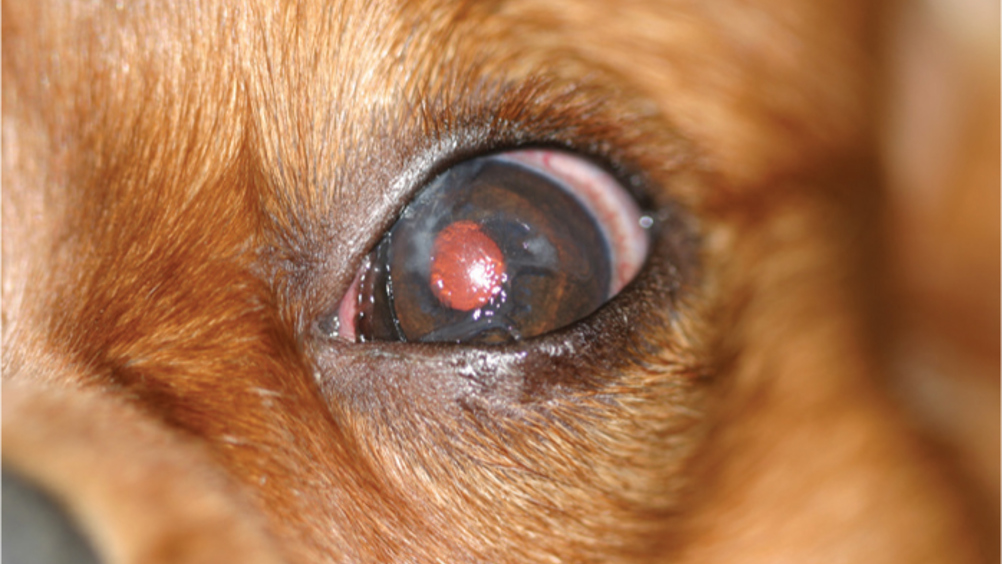References
Ensuring there is not a dry eye in the house

Abstract
Powered by the VetCompass Programme at the Royal Veterinary College (RVC), Dr Dan O'Neill and colleagues analysed clinical data on 363 898 dogs to identify predictors for dry eye (keratoconjunctivitis sicca). Dan explores how veterinary nurses can use this information to help improve the welfare of dogs.
Keratoconjunctivitis sicca (KCS) (also called dry eye) describes a deficiency of the aqueous portion of the tear film of the eye. Good tear production lubricates, cleans and provides nutrition to the cornea. Diagnosis is supported by Schirmer tear testing (STT), with normal dogs showing reading >15 mm/minute. Readings below 10 mm/minute confirm KCS, while readings 10–15 mm are suspicious. KCS has important welfare impacts because it is a longterm condition that is associated with ocular irritation and can lead to corneal ulceration. Awareness of which animals are predisposed can assist the veterinary nurse to advise owners on how to avoid buying a high-risk breed and how to detect cases earlier. Previously reported predisposed breeds include English Bulldog, West Highland White Terrier and Pug, but much of this earlier research is now either out of date, was not carried out on UK dogs or was based on referral cases that are very poorly representative of the wider primary-care dog populations. More reliable information based on the general UK dog population is needed. In the UK, the RVC's VetCompass Programme collates de-identified electronic clinical data on over 15 million companion animals from over 1800 primary-care veterinary practices for epidemiological research. Powered by VetCompass, a new study has now reported the frequency of KCS in dogs under primary-veterinary care in the UK and evaluated predispositions such as brachycephaly.
Register now to continue reading
Thank you for visiting The Veterinary Nurse and reading some of our peer-reviewed content for veterinary professionals. To continue reading this article, please register today.

